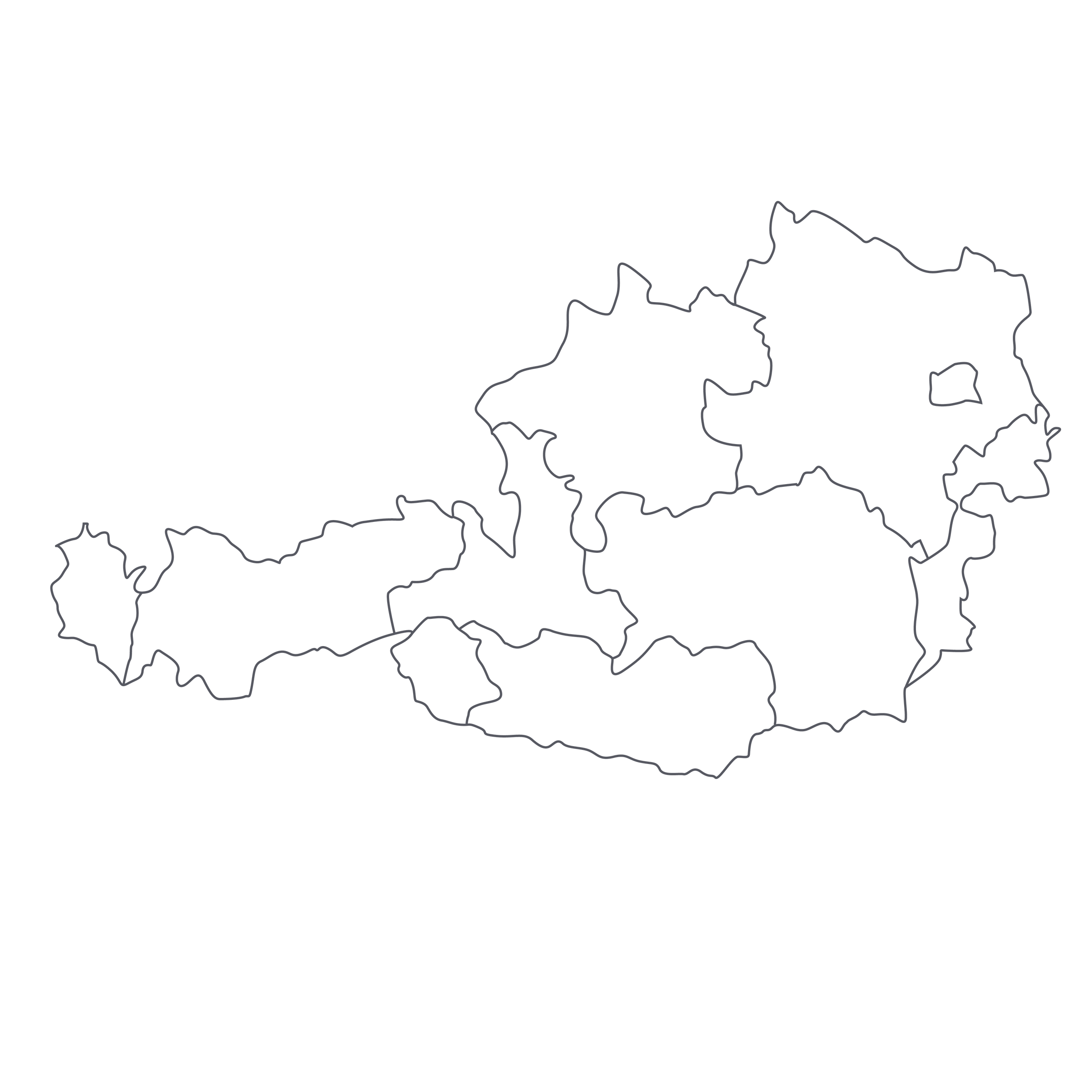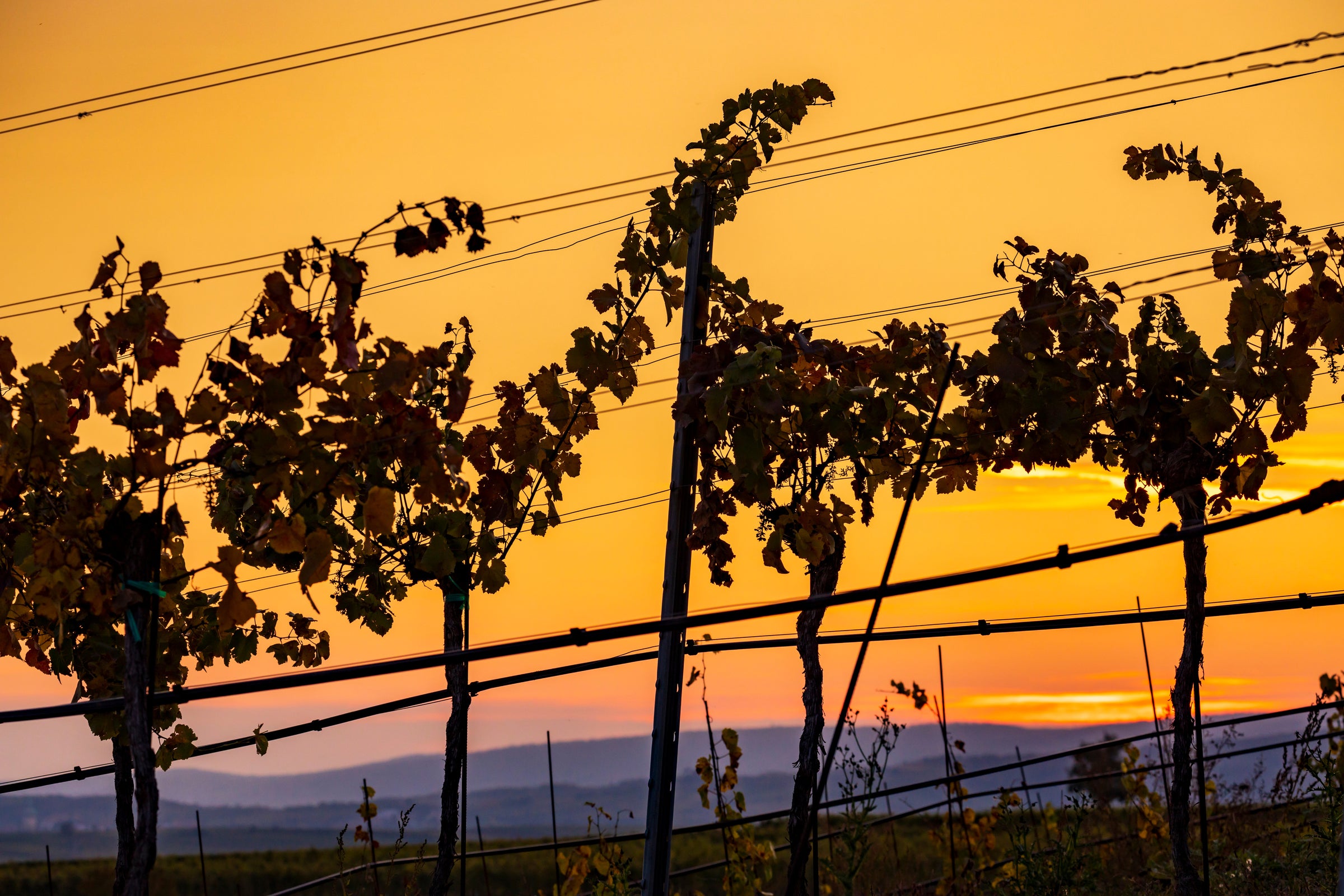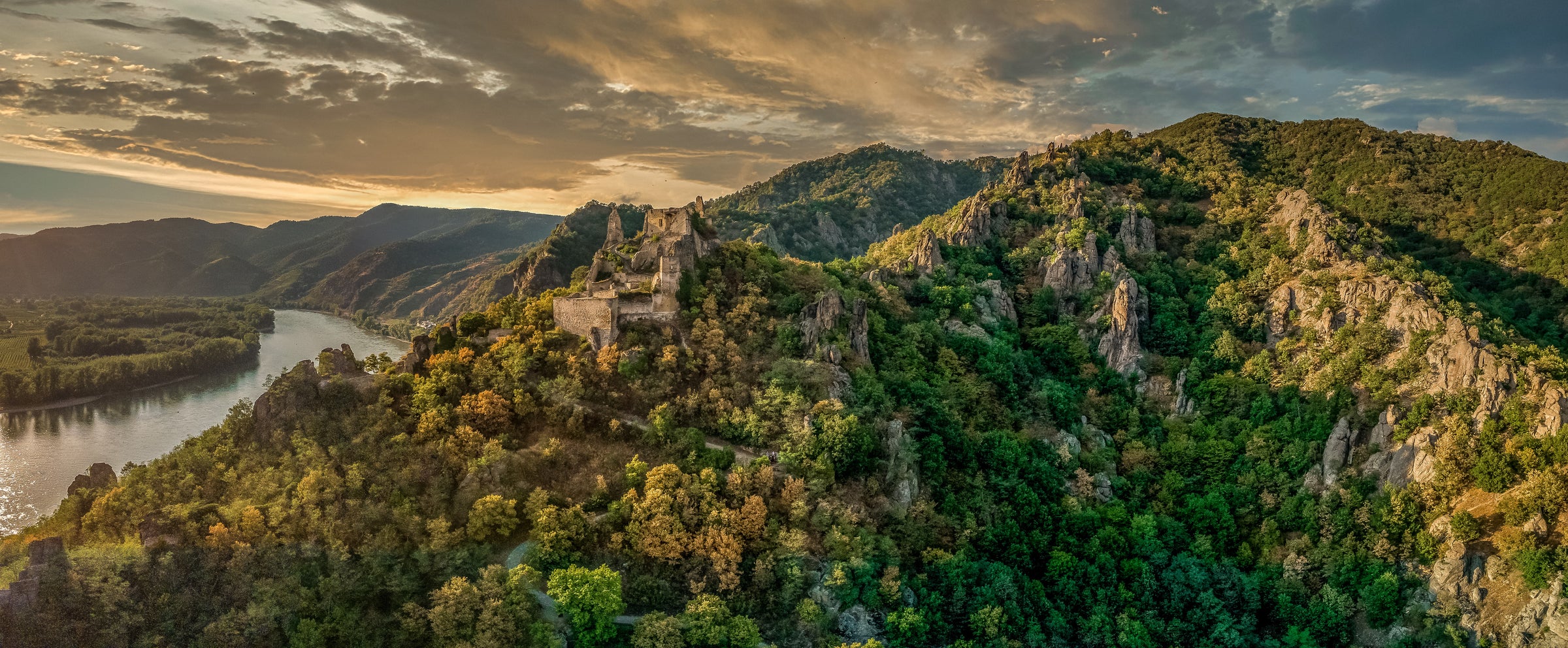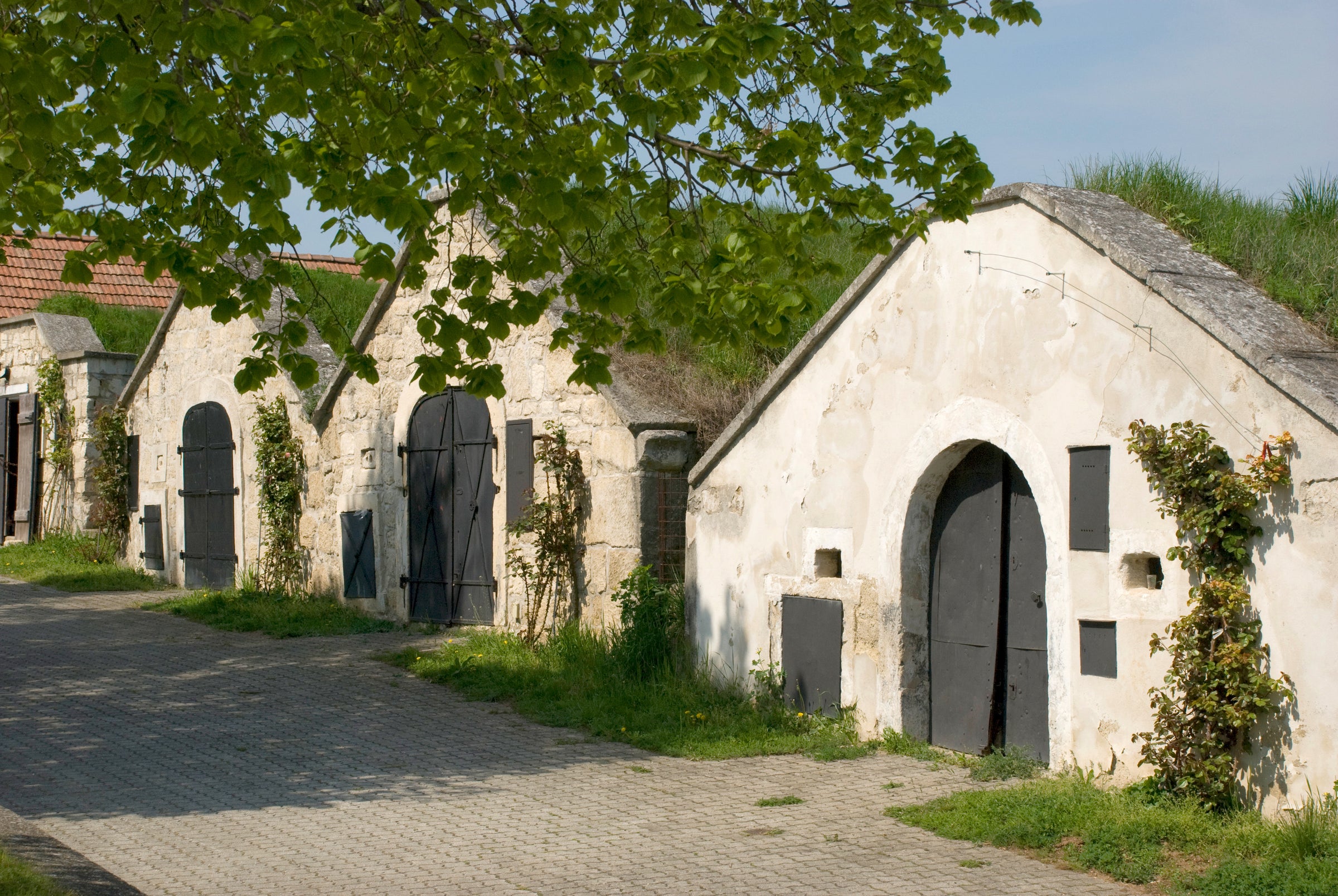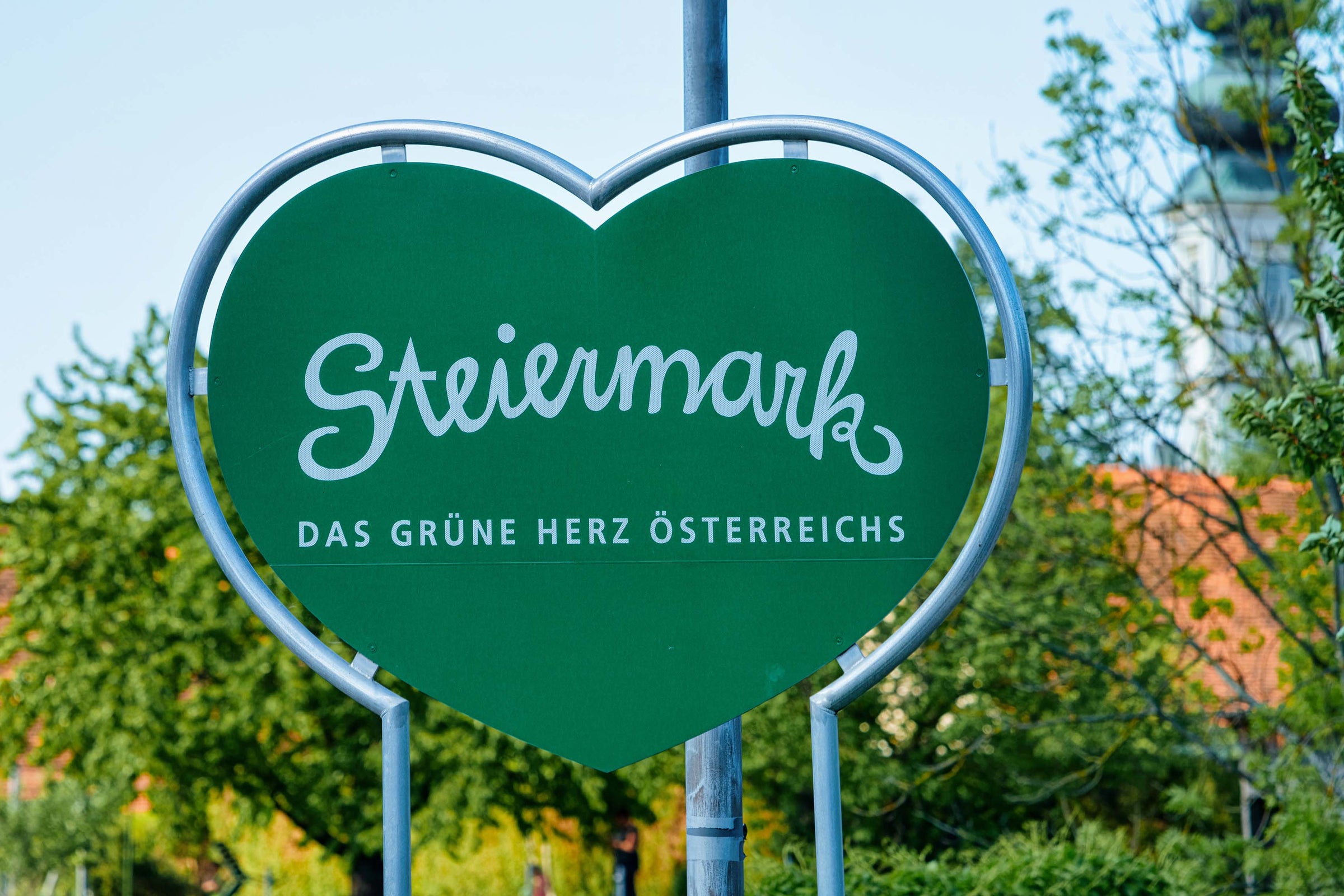What was once just a trickle of Austrian red wine onto the SommSelect platform has become a deluge. German Pinot Noir has become an obsession, too, but let’s stick with Austria and its fascinating assortment of native reds—Blaufränkisch, Rotburger, and today’s showpiece, Sankt Laurent. If you’re a fan of bright, spicy, lower-alcohol reds that take well to a chill and even better to food, I’d recommend Austria as the first place to look right now.
Among other things, Austria has become a hotbed of organic and biodynamic viticulture, and when you apply the same level of rigor to your farming as you do your winemaking, you get a wine like today’s energy-packed 2019 Sankt Laurent from Schödl. What an astounding wine for only $25: a true family-run winery now in its third generation, organic farming, and heirloom vineyard sites in the Weinviertel region north and east of Vienna. Along with the Burgenland to the south, this is the part of Austria where red varieties flourish, enjoying an interplay of cool air from the west and warm air from the east. It’s a climate purpose-built for crisp, refreshing reds like today’s, which also packs a dark, brambly, wild-berry punch. It is an Austrian value to rival the very best we’ve offered this year, so don’t miss out!
With this bottle, a little decoding is in order: Schödl is the family; Loidesthal is their hometown, northeast of Vienna, around which their 15 hectares of vineyards are clustered; Dorflagen (literally, “village locations”) refers to the assorted vineyard sources of the wine; and Sankt Laurent, as noted above, is the grape. Because the Weinviertel is a large region, extending to the Czech and Slovakian borders, its soils are not homogenous, but around Loidesthal the Schödls describe them as a mix of loess (wind-blown silt) and sandstone. It’s a dry climate, exposed to warm currents from the Pannonian Basin to the east, but overall, it qualifies as cool and “continental,” producing reds with well-preserved acidity and modest alcohol.
As researchers continue to comb through the DNA of the world’s trove of native grape varieties, there’s yet to be consensus as to the origins of Sankt Laurent. It is an “autochthonous” variety, meaning it’s the product of natural cross-breeding or mutation in a specific growing zone (essentially a fancy way of saying “native”). What’s noteworthy is that most experts believe one of Sankt Laurent’s genetic “parents” to be Pinot Noir. The other parent has yet to be identified, but the Pinot Noir connection is significant, and recognizable in the wines.
No doubt that alone is enough for some people, but in fact Sankt Laurent, while sharing Pinot’s soft tannins and bright acidity, is otherwise quite distinct from its world-famous ancestor. It is darker in both color and flavor, and a little plumper and rounder in texture. It is named for a Saint’s Day celebrated by Austrian vintners on August 10th—around the time when grapes begin to change color (veraison in French).
The 2019 “Dorflagen” was sourced from several different vineyards and aged in large Austrian oak casks (2,000L) for 12 months before bottling. Like most Austrian reds, it has a deceivingly deep, almost inky hue and offers up a big blast of dark fruit and a touch of iodine as you swirl it in the glass. The aromas meld blackberry, black currant, mulberry, and other dark, brambly berries with more savory notes of black tea, tar, violets, dark chocolate, and crushed black rocks. And I love the texture: Buoyant and juicy, but also deeply mineral and a touch smoky. It starts out plump then buttons up with a black-peppery flourish on the finish. Count me in for multiple bottles of it, well-chilled, with some barbecue off the grill. There’s no heavy tannin or alcohol to clash with any heat from spice you may choose to add, and while it is drinking beautifully now, I could also see it improving over the short term. Serve it at 55-60 degrees in Burgundy stems and marvel at what a complex, fully realized wine you got for $25. We never settle for “generic,” and this is about as far from generic as it gets. Enjoy!


